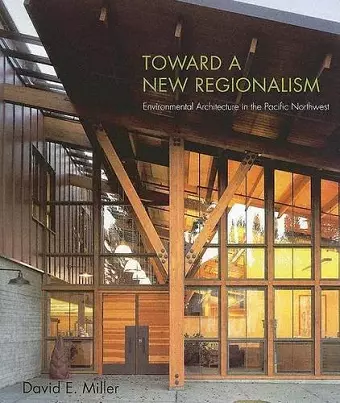Toward a New Regionalism
Environmental Architecture in the Pacific Northwest
Format:Paperback
Publisher:University of Washington Press
Published:22nd Jun '05
Currently unavailable, and unfortunately no date known when it will be back

This book explores how sustainable architecture can be tailored to regional conditions, highlighting key Northwest buildings and their environmental contributions, while emphasizing innovative design and materials that reflect local needs.
Toward a New Regionalism explores the principles of sustainable architecture through the lens of the Pacific Northwest, emphasizing the importance of regional conditions in shaping design. The book highlights the historical evolution of a 'green trail' among notable architects in the area, showcasing how their work has contributed to the broader movement of green design. As architects worldwide strive to create sustainable buildings, this text argues that many current approaches are often too generalized, neglecting the unique geographical, environmental, and cultural factors specific to each region.
The book delves into the environmental strategies that have emerged in the Pacific Northwest, categorizing them according to fundamental natural elements—earth, air, water, and fire. This organization allows for a deeper understanding of the principles and forces that underpin effective sustainable design in the region. By focusing on technologies, materials, and methods, the text offers practical insights that architects and students can apply in their own work, reinforcing the idea that sustainable architecture must be tailored to the unique characteristics of its surroundings.
Through critical case studies of thirteen exemplary buildings, Toward a New Regionalism showcases innovative design practices by architects from Seattle, Portland, and British Columbia. These projects demonstrate advancements in water and site stewardship, passive energy strategies, and the use of ecologically sound materials. By illustrating the best environmental design work in North America, the book serves as a vital resource for those looking to understand and implement sustainable architecture that respects and responds to regional contexts.
A well-designed and beautifully illustrated volume, this is primarily an argument for ecologically friendly approaches, appealing especially to architects and prospective clients, for both individual houses and a variety of public commissions. Highly recommended.
* Choice *Part how-to guide, part green-building primer and another part architecture appreciation, this book manages to instruct, inspire and engage in what might otherwise be seen as a dull topic.
* TidepoISBN: 9780295984940
Dimensions: unknown
Weight: 658g
208 pages